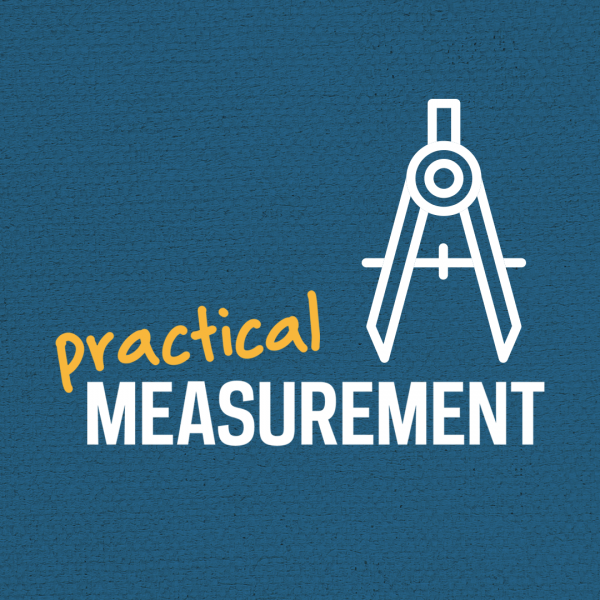GC-DWC Releases Practical Measurement Course
The University of Notre Dame’s Global Center for the Development of the Whole Child (GC-DWC) is excited to announce the release of its open-access, free online course, Practical Measurement, which focuses on equipping practitioners with the knowledge and resources to develop rigorous yet feasible measurement initiatives. The course is hosted by Dr. Nikhit D’Sa, the Senior Associate Director of Research, Evaluation, and Learning at the GC-DWC, who designed the course based on his experiences as an education technical advisor and applied researcher in low-resource, crisis, and conflict settings. Recognizing the desire of practitioners in low-resource and fragile contexts to move beyond simply monitoring the outputs of a program and to measure the more complex learning and developmental outcomes of children and adolescents, he developed this robust yet relevant and manageable course.
One instance stands out to him when he reflects on this idea and subsequent creation of the Practical Measurement course. While working on a study in Thailand that focused on the assessment of social and emotional learning (SEL) skills of refugee children, Nikhit, as the evaluation lead on the project, was in charge of developing, organizing, and implementing the plan for the data collection and subsequent evaluation of the program. It was well past midnight when he and the research team had just finished programming dozens of tablets with the necessary surveys for the next day’s data collection, and these tablets were now scattered throughout the office at various stages of uploading and charging. As the team waited, discussing the project, the work done thus far, and all that was still to come, the Thailand-based monitoring officer on the project turned and asked Nikhit what seemed to be a very simple question: “how would we do this without you here?” The question was not rhetorical, and the answer would prove to be far from simple.
The next week, Nikhit began to compile a collection of resources on measurement and evaluation to send his colleague for use in future projects. However, as he collected the resources, he began to notice a theme. The resources were overwhelmingly dense and technical, and for a practitioner working in a low-resource or fragile context, many of the available guides and tools lacked relevance. They either required too much time or too many financial resources and would do little to support a practitioner without a statistical background who wanted to move beyond tracking outputs of a program.
Designed with this and numerous, similar experiences in mind, the online course’s six modules focus on four key parameters —appropriateness, utility, feasibility, and rigor— that practitioners should consider when attempting to measure children and adolescents’ learning and development. Nikhit guides users through the self-paced modules, sharing practical measurement guidance, insights, tips, and resources. The modules account for practitioners’ time-strapped schedules and prioritize clarity over comprehensiveness while still maintaining a high-degree of utility and quality. One can expect to spend between six and eleven minutes on any of the six module videos but can delve deeper into any given topic by exploring the curated list of resources that accompany each one. Users can explore the modules in any order they wish, collect Nikhit’s recommendations on additional measurement resources from global organizations, and begin to develop a plan to simply and effectively measure and evaluate children and adolescents’ outcomes in their context.

